What if I have additional questions?Connor2019-09-19T12:06:01-04:00
What if I have additional questions?
Contact customer service:
- Customer Service Toll Free 1-866-323-7336
- Email questions to customerservice@usscreeningsource.com
-
Sale
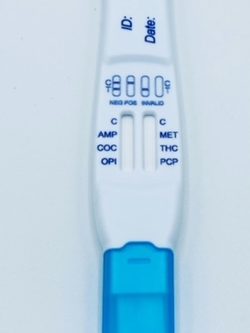
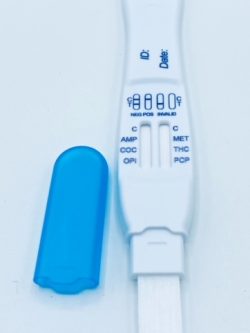 Add to cartQuick View
Add to cartQuick ViewAbbott (Alere) iScreen 6 Panel Saliva Drug Test – Oral Fluid Mouth Swab
0 out of 5$198.75Original price was: $198.75.$173.75Current price is: $173.75.Add to cartQuick View -
Sale
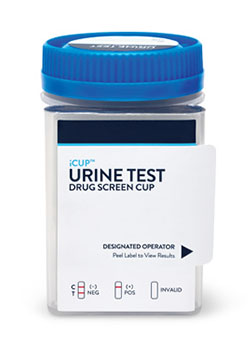
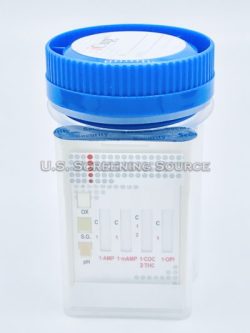 Add to cartQuick View
Add to cartQuick ViewiCup 5 Panel Urine Drug Test Cup I-DUA-157-013
0 out of 5$148.75Original price was: $148.75.$89.95Current price is: $89.95.Add to cartQuick View -
Sale
 Add to cartQuick View
Add to cartQuick ViewIScreen Twelve 12 Panel Drug Test ABTDUAW112703C (25 Per Box)
0 out of 5$162.50Original price was: $162.50.$129.95Current price is: $129.95.Add to cartQuick View -
Sale
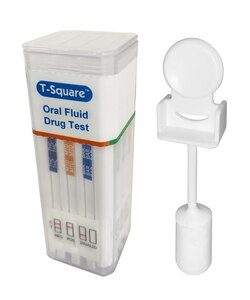 Add to cartQuick View
Add to cartQuick ViewT-Square Ten 10-Panel Oral Fluid Saliva Drug Test – QODOA-1010EUO-1
0 out of 5$218.75Original price was: $218.75.$162.50Current price is: $162.50.Add to cartQuick View -
Sale
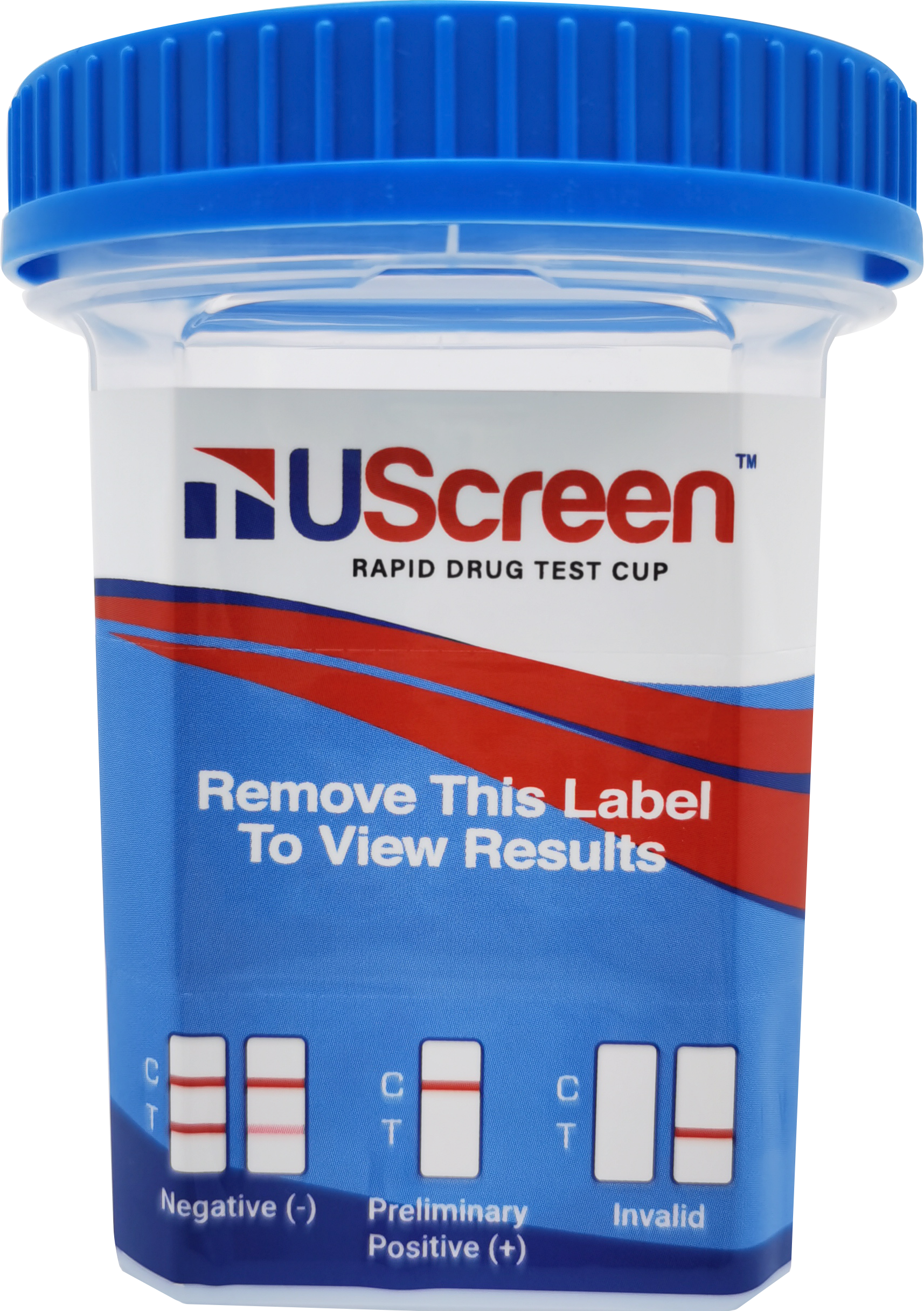 Add to cartQuick View
Add to cartQuick ViewUScreen 5 Panel Drug Test Kit USSCUPA-5M (25 Per Box) Free Ground Shipping
0 out of 5$118.95Original price was: $118.95.$109.95Current price is: $109.95.Add to cartQuick View -
Sale

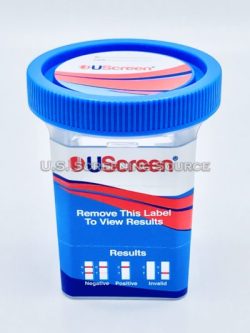 Add to cartQuick View
Add to cartQuick ViewUScreen Twelve 12 Panel Drug Test USSCUPA-12CLIA (25 Per Box)
0 out of 5$162.50Original price was: $162.50.$129.95Current price is: $129.95.Add to cartQuick View

